
Welcome to our Basketball Blog! Here you will find the latest news, exciting matches, in-depth analyses and interesting interviews with leading players from the world of basketball. We strive to provide our readers with the most relevant information and engaging content. Join our community of Basketball fans to stay up to date and discuss with like-minded people!
Read moreDear basketball fans! Here you won't just find the latest news and exciting matches - you'll discover a whole universe of inspiration and passion. Our in-depth analyses, interviews with top players and wise coaches will give you a deeper understanding of this great game. Get ready for analytical articles that will open up new horizons of tactics and strategy. Together we will create a community where every basketball fan will feel part of a great event. Let's be inspired and go to the top together, because every moment in basketball is a chance to gain new knowledge and emotions! Stay with us and always stay up to date with the most exciting tournaments and events!
Find out the details
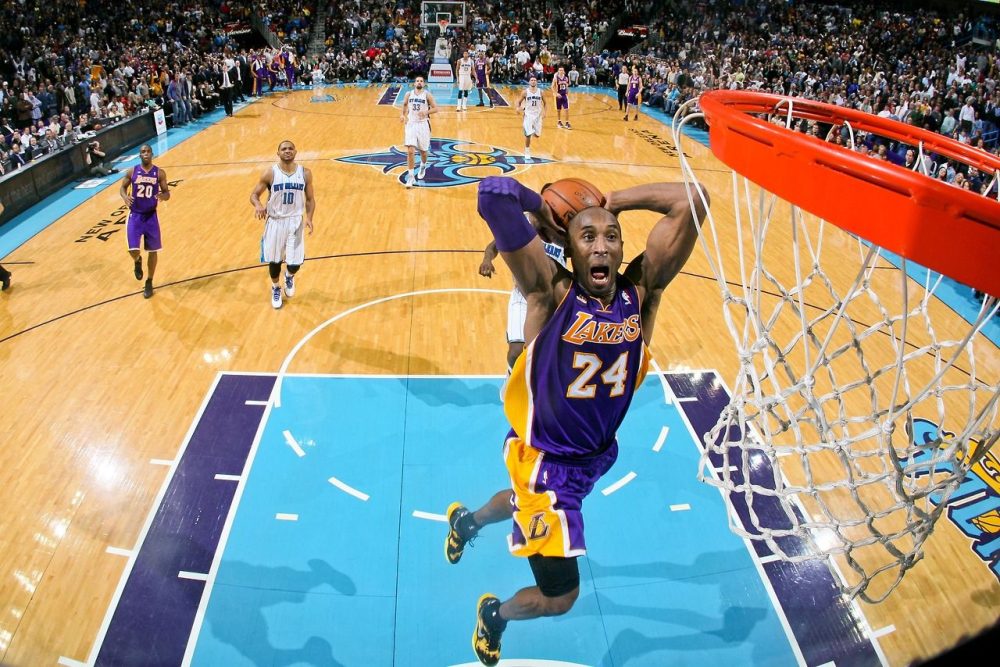
What is a slam dunk in basketball? It’s not just a shot. It’s an act of sporting domination, when a player bursts into the air and forcefully thrusts the ball into the hoop from above. A symbol of strength, control, and height. Every successful dunk is a mini-final where muscles, gravity, and coordination converge at …

The streams of criticism did not prevent the basketball player James Harden from staying in the headlines of sports media for a decade and a half. No other player has evoked such polarizing opinions between being a “genius of attack” and a “culprit of failures.” Continuing his career after three high-profile transfers, challenging “seventh games,” …
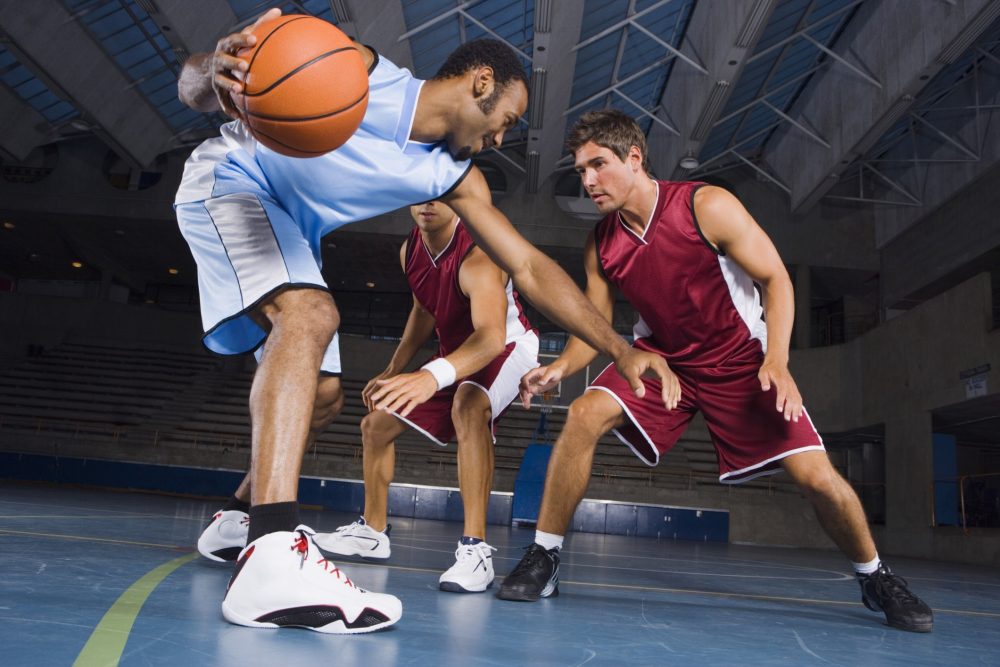
Dribbling in basketball is not just ball-handling technique, but a fundamental action on which the entire dynamics of the game are built. The effectiveness of attacks, confidence on the court, and freedom of movement depend on the ability to control the ball. Mastering this skill provides flexibility in decision-making — from individual drives to precise …
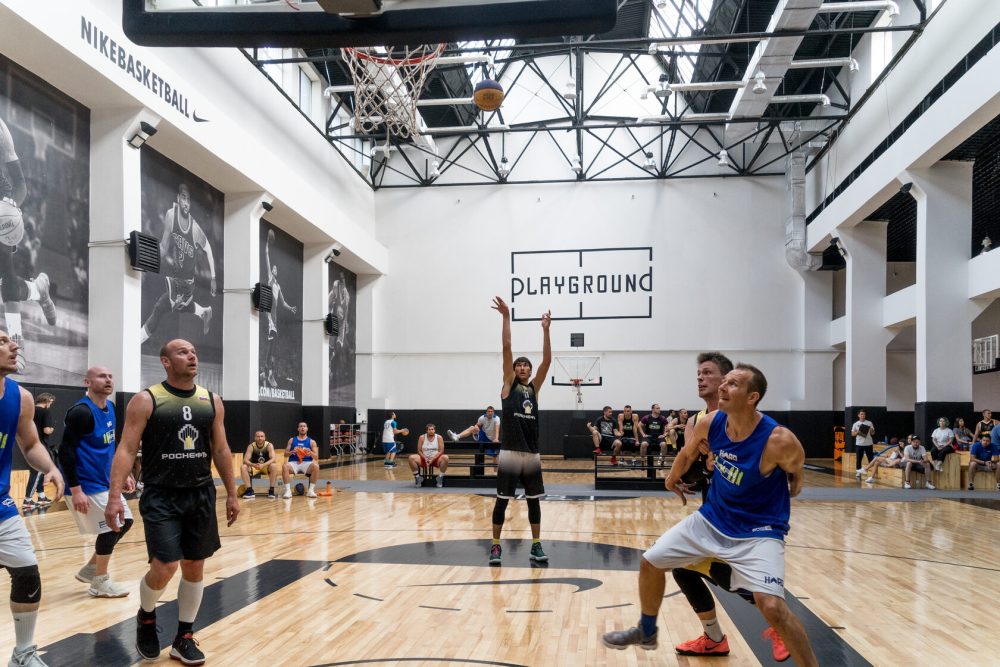
3×3 basketball has long gone beyond street courts and is now officially recognized as a separate discipline at the global level. It made its debut at the Tokyo 2020 Olympic Games, became an integral part of the FIBA 3×3 World Tour calendar, and is actively developing in international player rankings. This game format is fundamentally …
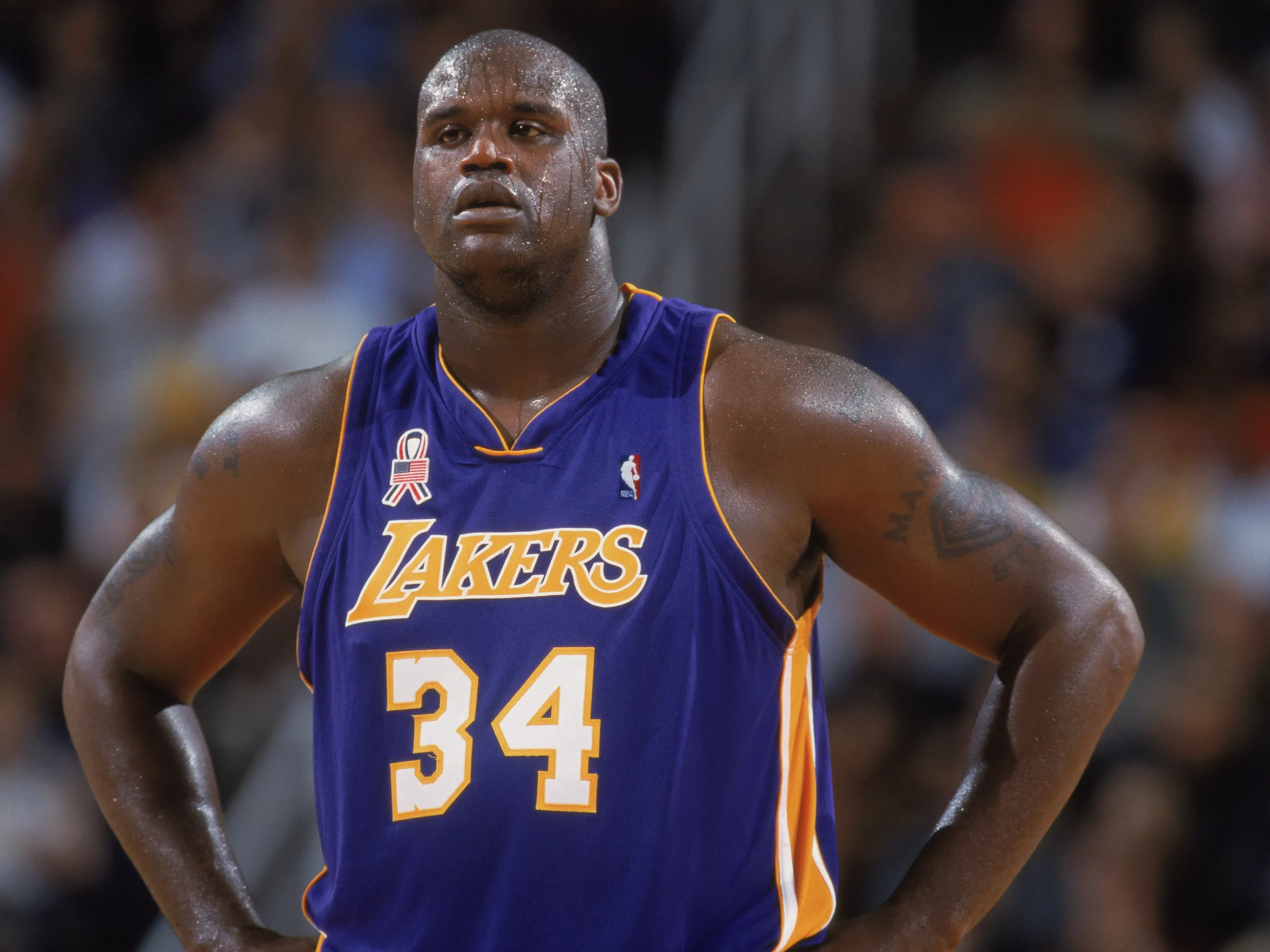
The future world-class center was born in 1972 in Newark, New Jersey, into a family with a military discipline. His stepfather, Sergeant Philip Harrison, had a key influence on his upbringing – instilling in young Shaquille respect for hard work, self-control, and a love for sports. From an early age, Shaquille O’Neal’s biography began to …

The NBA Finals conclude each season and determine which team will go down in history as the true champion. Only one team receives the highest honor, the Larry O’Brien Cup, a trophy that embodies the culmination of months of struggle, tactical discipline, team synergy, and outstanding individual effort. The award symbolizes not only victory in …

The sport format, which originated from backyard games, became part of the Olympic programme and the world rankings. The rules of 3-on-3 basketball are based on the principle of fast ball movement, active defence and minimal decision-making time. The pace at which the game develops requires full concentration, exceptional stamina and lightning-fast coordination. The playing …
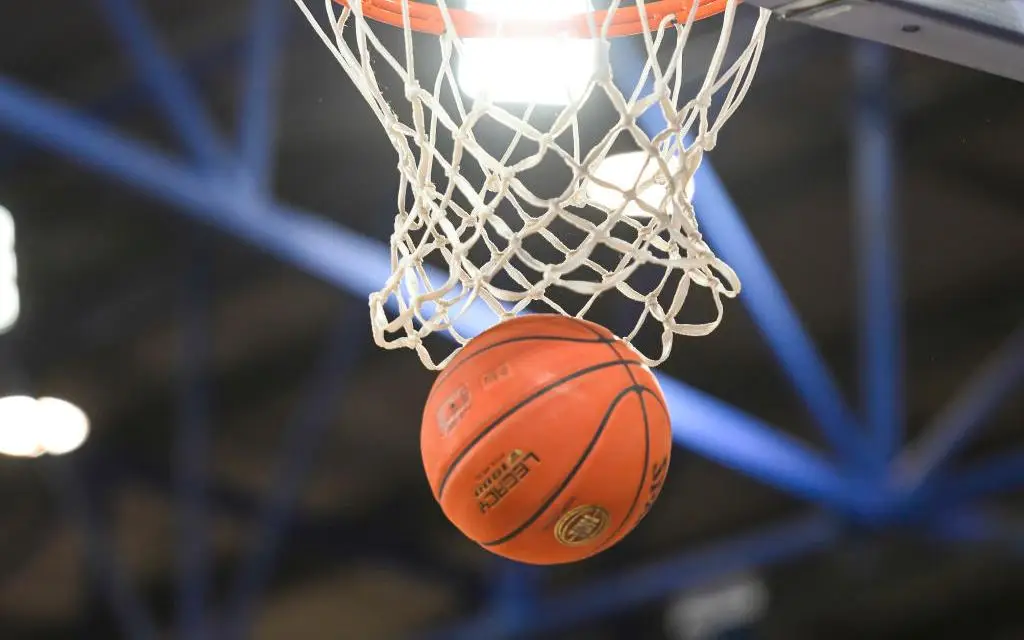
Speed, concentration, control and team dynamics create a unique format of impact. Every movement in basketball involves a number of systems: from the circulatory and respiratory systems to the muscular and endocrine systems. This is precisely why the impact of basketball on the body goes beyond normal athletic exertion and has a holistic physiological and …

It’s not the coaches or the gym that determine your ball skills. It all starts with the object that is touched hundreds of times every day. It is the object that shapes the feel of the game, the transfer of momentum, the feedback. The question of the choice of basketball therefore does not determine comfort, …

The basketball world is full of stars whose names grace the pages of NBA history. Yet, despite their contributions to their teams’ success, their unique skills, and their accomplishments, the NBA’s most underrated players remain in the shadows. Many demonstrated a high level of play but failed to receive the recognition they deserved. Lou Williams: …

Streetball is one of the most accessible and entertaining forms of basketball. Thanks to the simple rules and the ability to play in almost any conditions, this format is ideal for beginners. The rules of streetball are based on the principles of team play, where skill, accuracy and tactical thinking are important. Street basketball is …
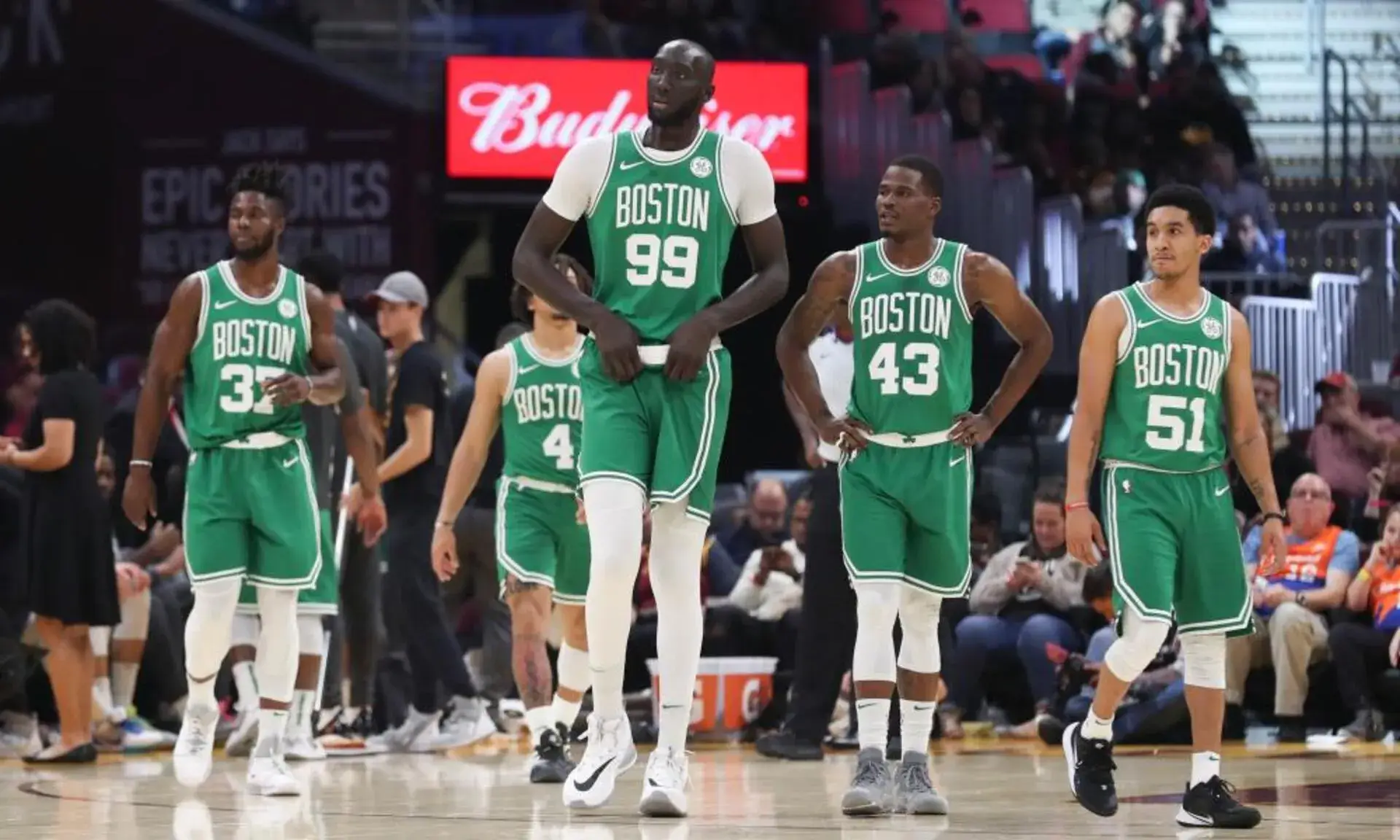
For some reason, there is a perception that a basketball player has to be a giant to dominate the court. But how tall are basketball players on average? Is there a standard that characterises those who excel in the sport? Height certainly plays a big role, but it’s not always the deciding factor. Average height …
Enjoy the thrill of Basketball games from the comfort of your home. Watching Basketball is an opportunity to relax, enjoy and support your favourite team.
Working in Basketball offers opportunities to realise your talents and passion for the sport. It is a chance to be part of the exciting world of Basketball, develop professional skills and contribute to your favourite cause.
Playing Basketball is a great way to keep fit, develop team spirit and have fun. It is a benefit that improves health and social skills.
Basketball, which originated in 1891, has become one of the most popular sports in the world. Its history includes many milestones, such as the first Olympics in 1936 and the creation of the National Basketball Association in 1946.
When a player soars over the basket, freezing in mid-air to shoot the ball, the audience holds its breath waiting for the spectacular dunk. It's a breathtaking moment that brings a storm of emotion to the basketball court.
When Michael Jordan soared into the air and threw the winning goal in the NBA Finals, the whole world held its breath as it watched this legendary moment in basketball history.

This Basketball Blog has become a real source of inspiration and useful information for me. I have learnt a lot of new things about my favourite game and increased my knowledge in this field.
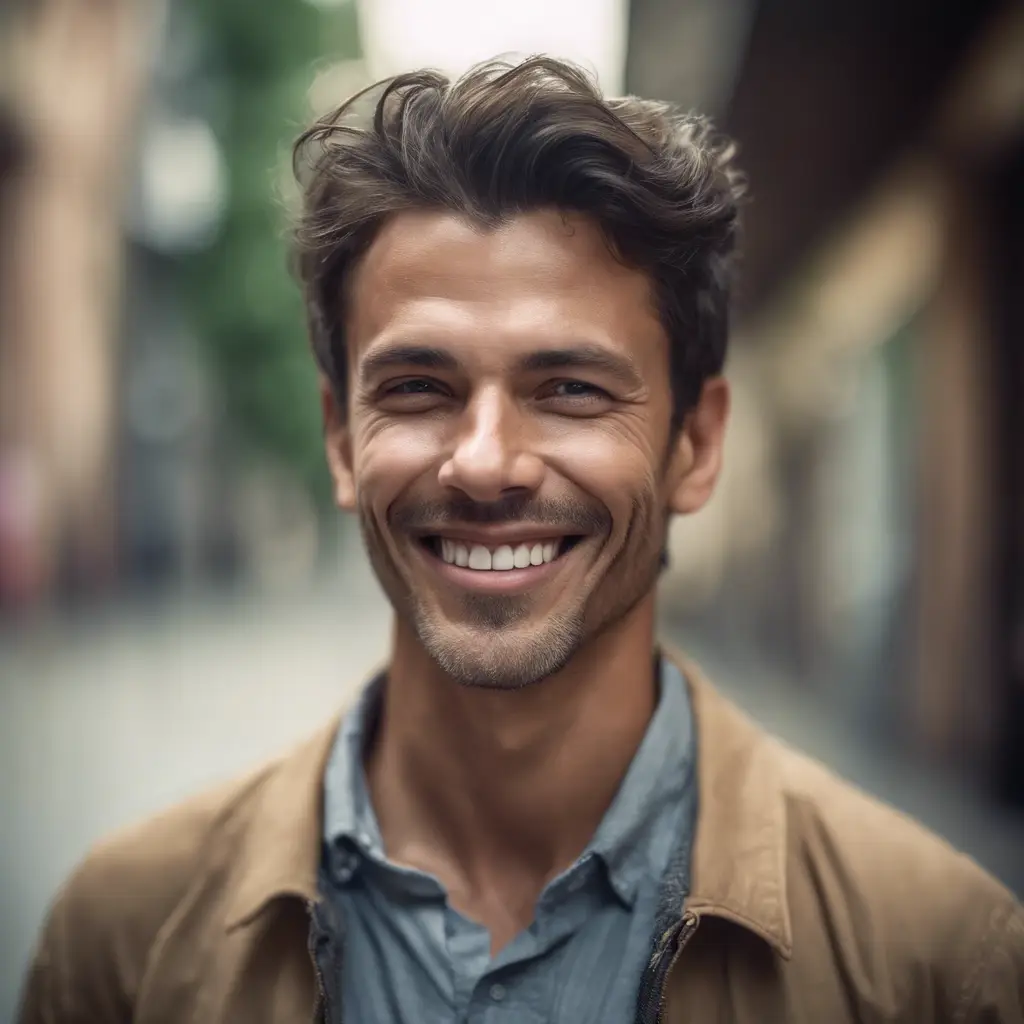
★★★★★
This Basketball Blog has been a real eye-opener for me. As a journalist, I appreciate the depth and objectivity of the information presented. It helps me to understand and enjoy the game better.

★★★★★
Basketball is my passion! This blog is my window into the world of exciting games, incredible moments and inspiring stories. Every post is a reflection of my love for this sport.

★★★★★